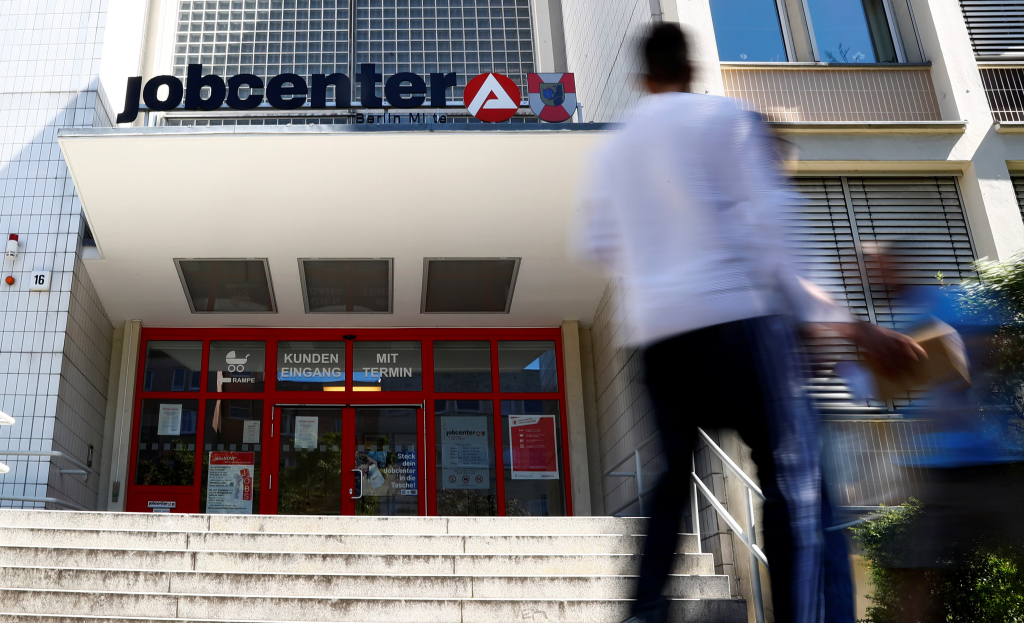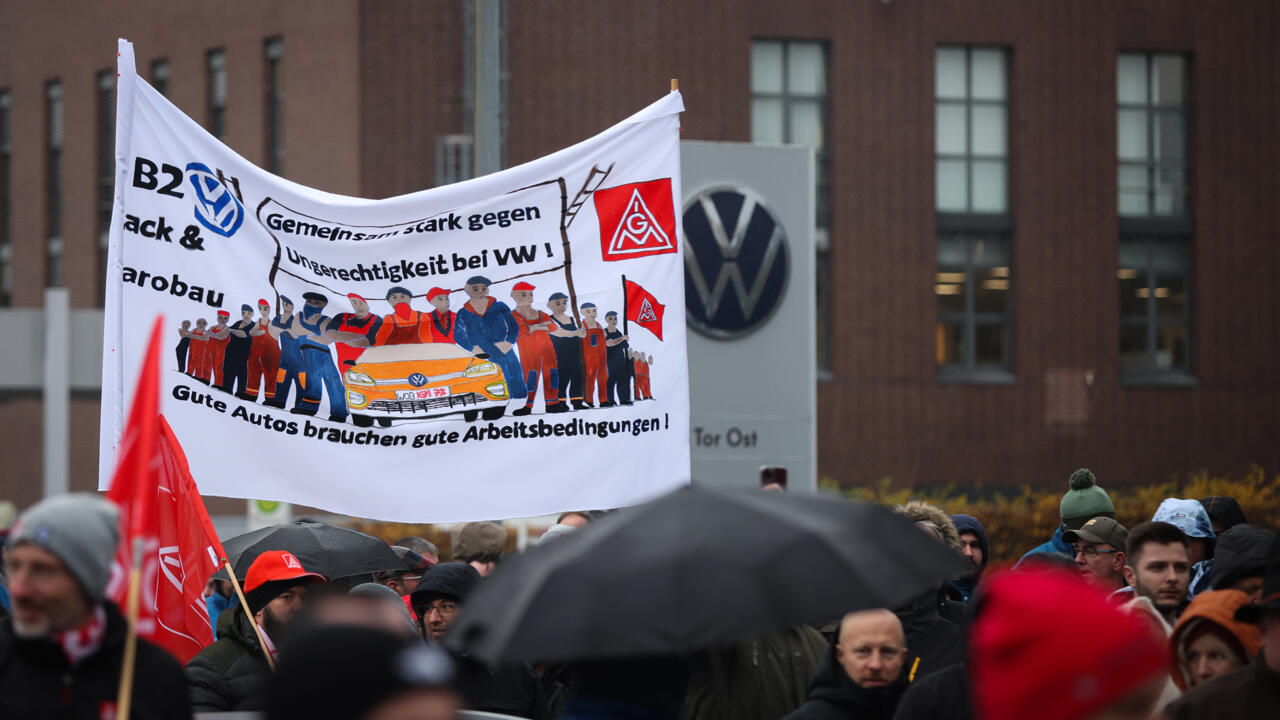Germany just hit a milestone no one wanted to see.
More than three million people are now out of work—the first time joblessness has climbed this high in a decade.
Fresh figures from the labour office show 3.02 million unemployed in August, up by 46,000 from July.
“The labour market is still shaped by the economic slump of recent years,” admitted Andrea Nahles, head of the agency.
So, what’s dragging Europe’s economic powerhouse down? For one, global uncertainty.
What’s Th Reason?
From Russia’s war in Ukraine to Donald Trump’s tariffs on imports, the hits keep coming.
Analysts warn Germany could face a third straight year without growth—something the country hasn’t seen before.
The official jobless rate held steady at 6.3%, exactly as forecast.
But the cracks are showing: only 631,000 job vacancies were recorded in August, nearly 70,000 fewer than a year earlier.

“The cyclical headwinds continue to leave their mark on the labour market,” Labour Minister Baerbel Bas said.
She pointed to weaker demand and global instability.
Berlin is betting big to turn things around.
A massive €500 billion ($585 billion) fund has been earmarked for infrastructure and investment.
Can pouring money into roads, rails, and renewables really put Germany back to work fast enough?





